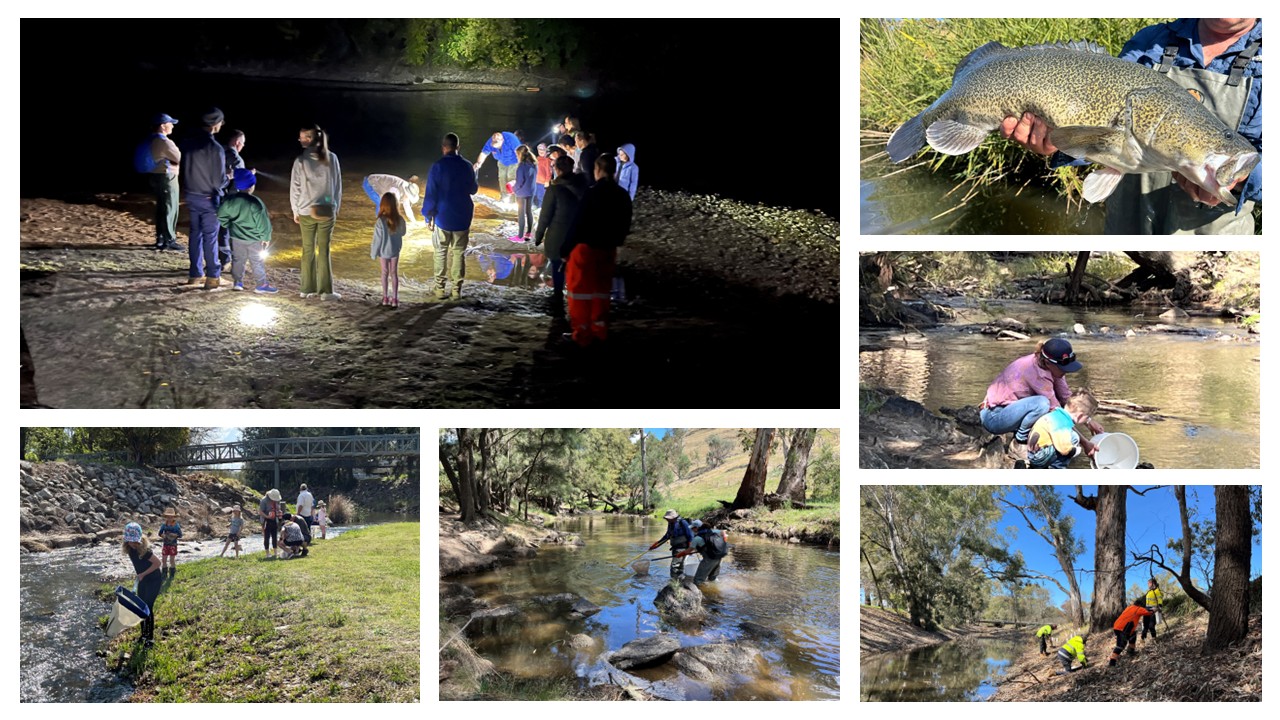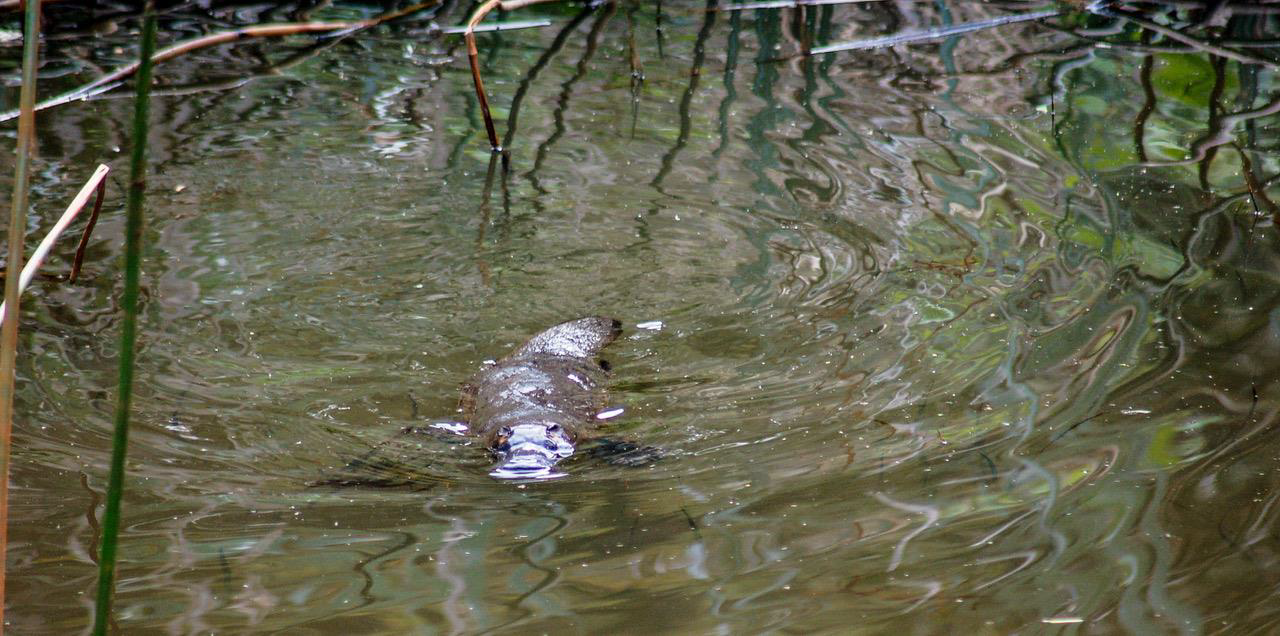Working with landholders to restore Macquarie Perch in the Adjungbilly creek

"Maccas" were once widespread on inland streams, but are now threatened. The Adjungbilly Creek in the Riverina Highlands is one of their last strongholds, and is critical for their long-term survival. Through a partnership with Local Land Services, Riverina Highlands Landcare Network, Charles Sturt University and local landholders, more than 250ha of habitat along the creek has been enhanced, principally through fencing and planting over 30,000 native trees and shrubs.
In this video, Refreshing Rivers Project Officer Cherie White, Charles Sturt University researcher Katherine Doyle and landholder Andy Graham explain why this project is so important, both for Macquarie Perch and for creating multiple benefits on farms.

.jpg)









